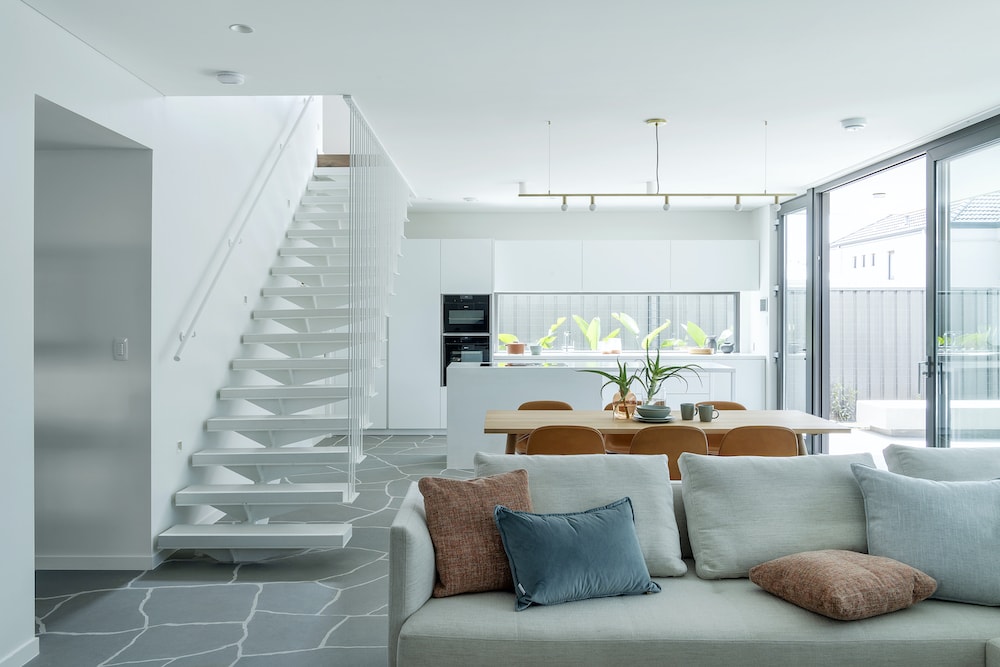Inspired by Desert Modernism, an architectural style that originated in Palm Springs in the 1950s, this Perth home pairs retro inspiration with modern sustainable design principles to create a gorgeous abode that also happens to be a certified Passive House.
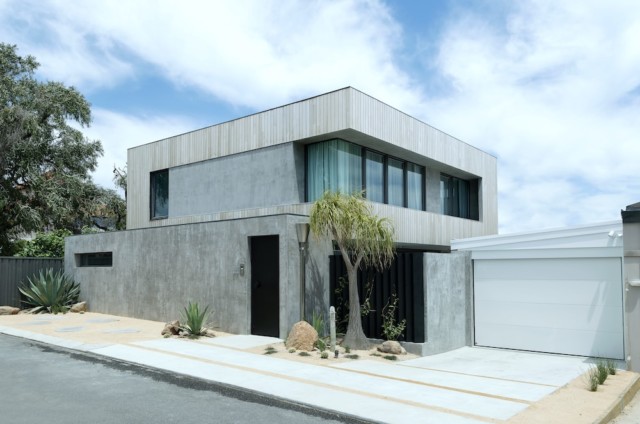
Originating in Germany, the Passivehaus international standard relates to the relationship between how comfortable a home is (specifically in terms of temperature and air quality), and the amount of energy needed to provide that comfort.
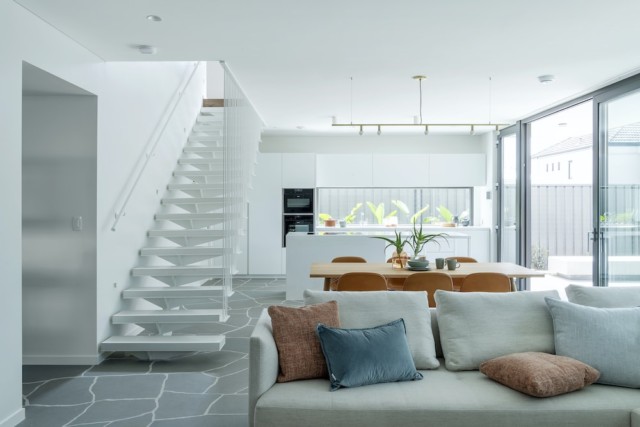
“Though Perth has a fairly temperate climate, we still get really cold nights and really hot days and most people just run air conditioners or gas heaters to get them through,” says Perth architect Ben Caine, of Leanhaus who explains that this approach is not only terrible for the environment, but it’s not great for our wellbeing either.
“There are health issues when you block up your house and crank up the heater – it’s thought that this approach is contributing to rising rates of asthma and respiratory issues.” Ben was drawn to passive house principles for their positive environmental and health impacts.
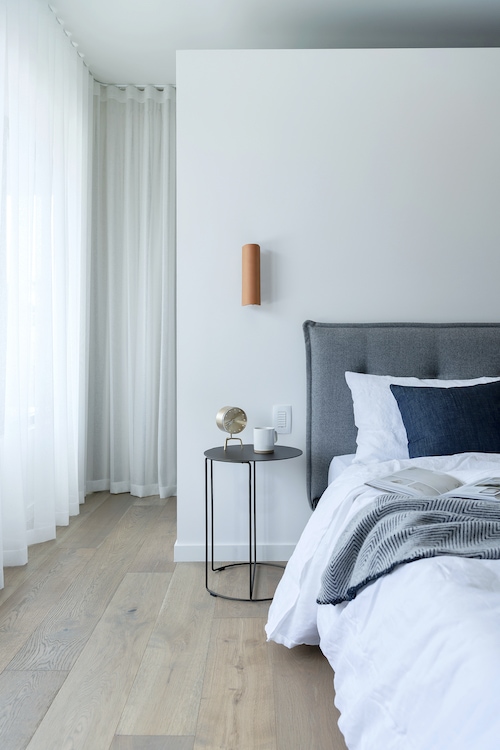
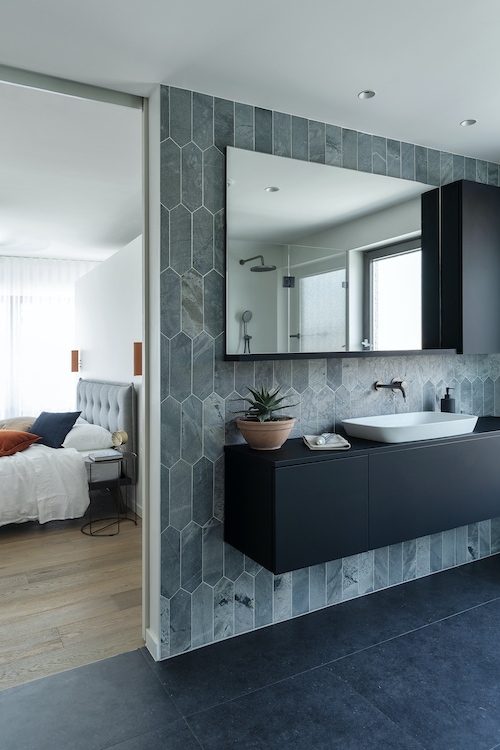
Central to the home’s passive design is insulation, airtight construction, high-performance windows and a simple 80-watt ventilation unit that costs approximately $140 per year to run. Wow.
“Designed to act like a thermos, fresh filtered air is provided continuously to provide an optimum level of comfort without the need for additional heating or cooling and results in energy savings of around 90 per cent compared with standard homes,” says Ben.
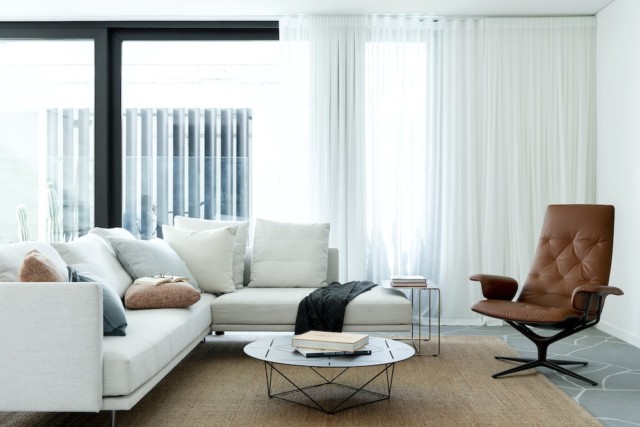
Incredibly, this home doesn’t require any additional cooling or heating which is remarkable when you consider that Perth temperatures range from 2 to 40 degrees celsius, depending on the season.
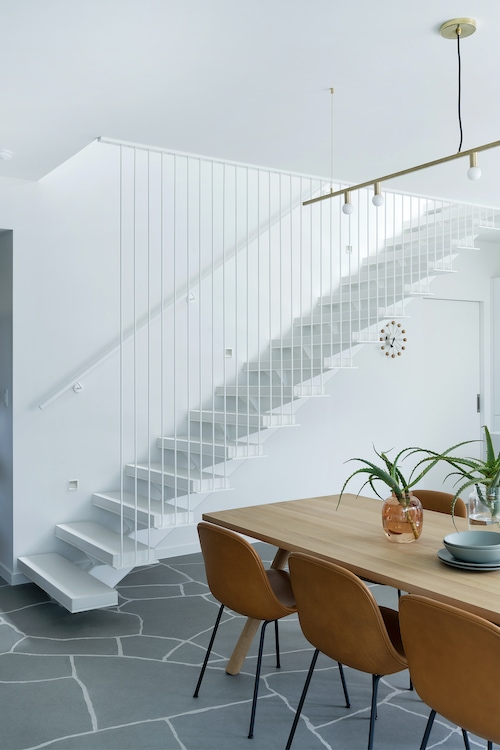
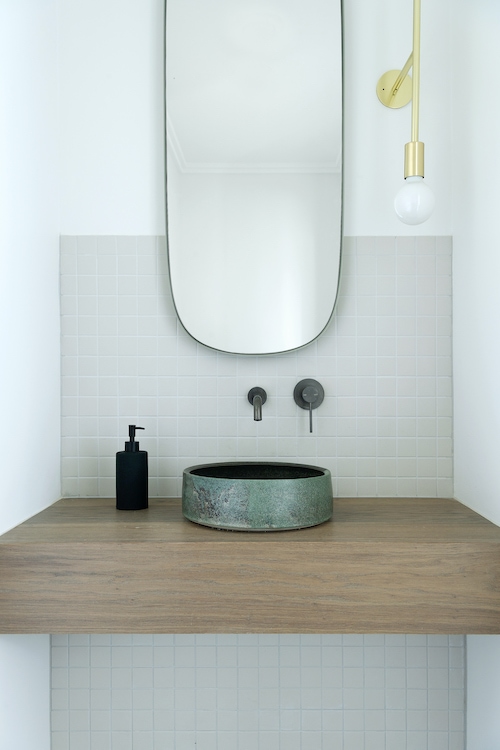
“The temperatures are consistently perfect and fresh, filtered air fills the house. Our electricity bills are now trivial. My house is proof that the science behind a passive house is spot on. I don’t know why anyone would be happy to live in anything less,” says owner Jason Edmiston.

Photography: Jody D’Arcy | Styling: Featherhorse

